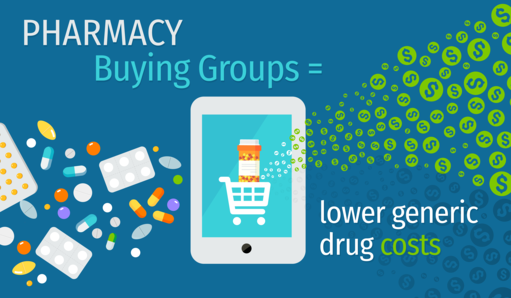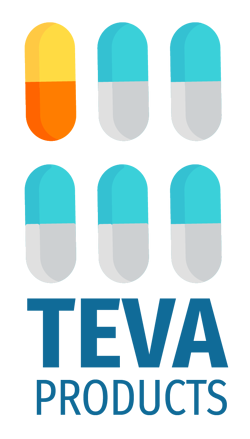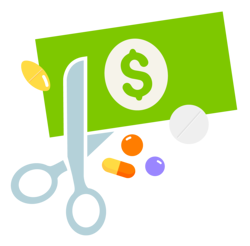Purchasing Power: Pressure from Pharmacy Buying Groups Lowers Generic Drug Prices

AlliantRx has long been a champion of the concept of “Strength in Numbers.” And, over the first half of 2017, this concept has begun to flex its muscle, gaining ground through the rising trend for pharmacy owners to enter into collaborative efforts with their peers – mostly through the utilization of Pharmacy Buying Groups. These collaborations have effectively accelerated – and in some cases changed – the wholesale competition in the independent pharmacy market by forcing wholesale generic drug price reductions on an enormous scale.
The Big Guys Feel the Heat

Teva Pharmaceutical Industries Ltd. Is one of the largest generic drug manufacturers in the world, with nearly 1 in 6 generic prescriptions in the U.S. being filled with Teva products (1). Facing a steady price decline in the U.S., Teva reported a sharper drop in second quarter earnings than they had predicted, carving 75-percent from their dividends and cutting their 2017 earnings forecast.
Another company seeing a hit to their bottom line in pharmaceutical profit is Cardinal Health. Cardinal Health is a global, integrated healthcare service and products company. Citing lower generic drug pricing along with pressure from pharmacy customers as main factors, the company sharply lowered its outlook for future profits from pharmaceutical distribution.
Strength in Numbers
The increase in purchasing power by smaller pharmacies that join ranks in collaborative buying groups, has forced discounts, rebates, and lower generic pricing from top level drug and service providers. That’s not to say these same pharmacy owners haven’t felt pressure of their own, because they have. The difference is, independent and local pharmacies have been able to take the pressure off their own profit margins through collaboration with peers.
Buying groups leverage their purchasing power to get rebates through preferred drug suppliers and other products. When buying groups agree to funnel their purchases with a group’s preferred wholesale distributor, that distributor reciprocates through discounts or rebates on cooperative purchases made by those groups.

Is the Pricing Earned by Pharmacy Buying Groups Competitive?
In a word, yes, though there are caveats. Smaller, independent pharmacies can effectively purchase drugs at prices that are only fractionally higher than those of the larger, box chains. In order to get those prices, the pharmacies usually agree to minimum purchase volumes on generic drugs.
As the reach of Pharmacy Buying Groups has grown, wholesalers have begun to compete more aggressively to win, and retain, the business of these groups and their large membership base, and that competition is being seen in the deflating cost of generic drugs.
What’s Next?
While the drug wholesaling and generic drug pricing adjusts to the pressures of Pharmacy Buying Groups, the market can expect to see a lot more turbulence as these groups grow and continue to effectively force an evolution in generic pricing and pharmacy economics.
Know of a local pharmacy that’s not currently part of a Pharmacy Buying Group? Be sure to tell them about AlliantRx’s growing base and our long-standing commitment to the concept of “Strength in Numbers.”
Be sure to follow this blog for more tips, insights and bulletins that can save you money – all from your partners at AlliantRx.
Sources:
- http://www.tevapharm.com/about/profile/who_we_are/
- http://www.nasdaq.com/article/israels-teva-seeks-partners-for-new-drugs-to-relieve-pressure-20170816-00592
- http://ir.cardinalhealth.com/news/press-release-details/2017/Cardinal-Health-updates-fiscal-2017-guidance-Provides-early-outlook-for-future-fiscal-years/default.aspx
